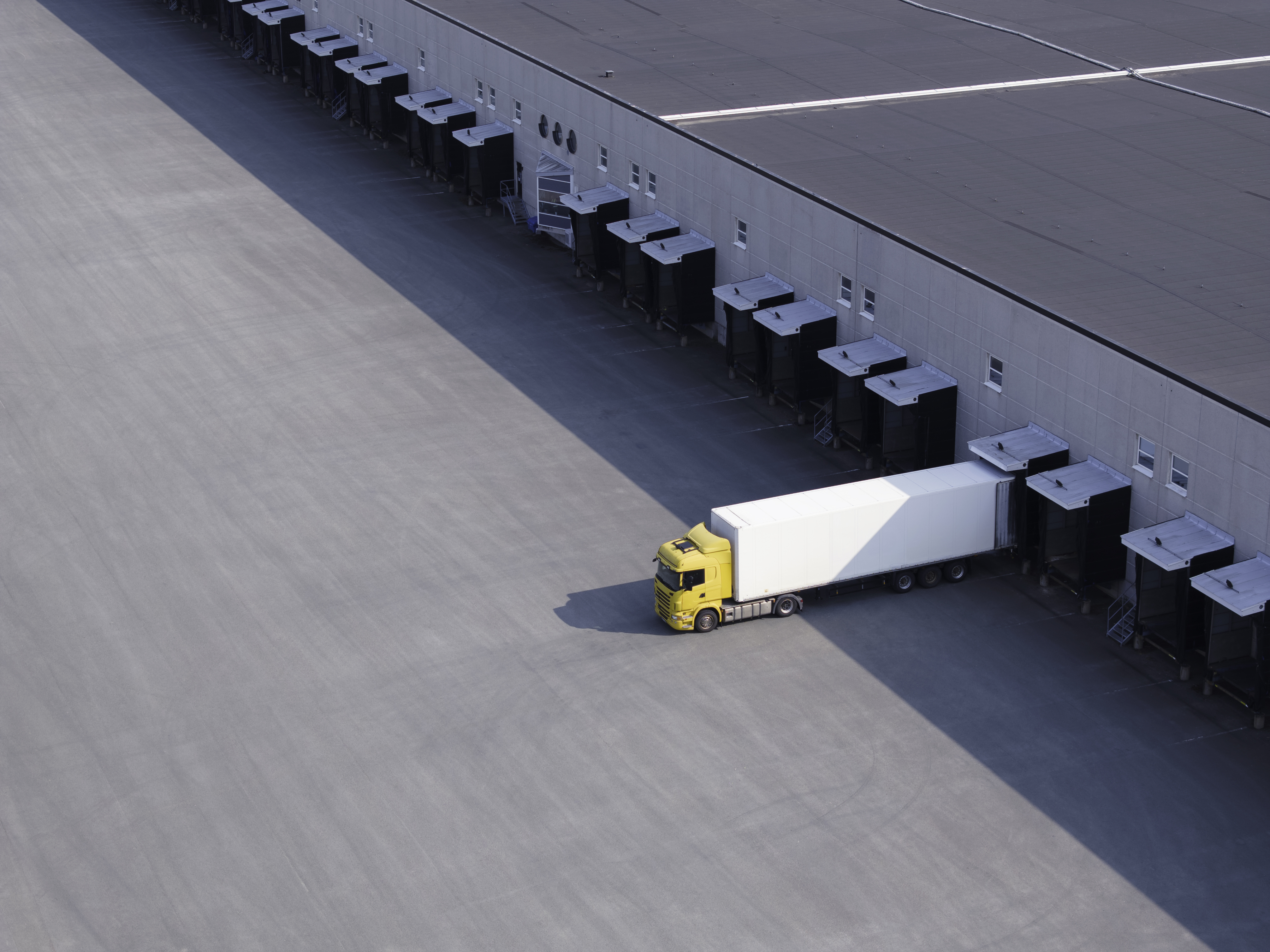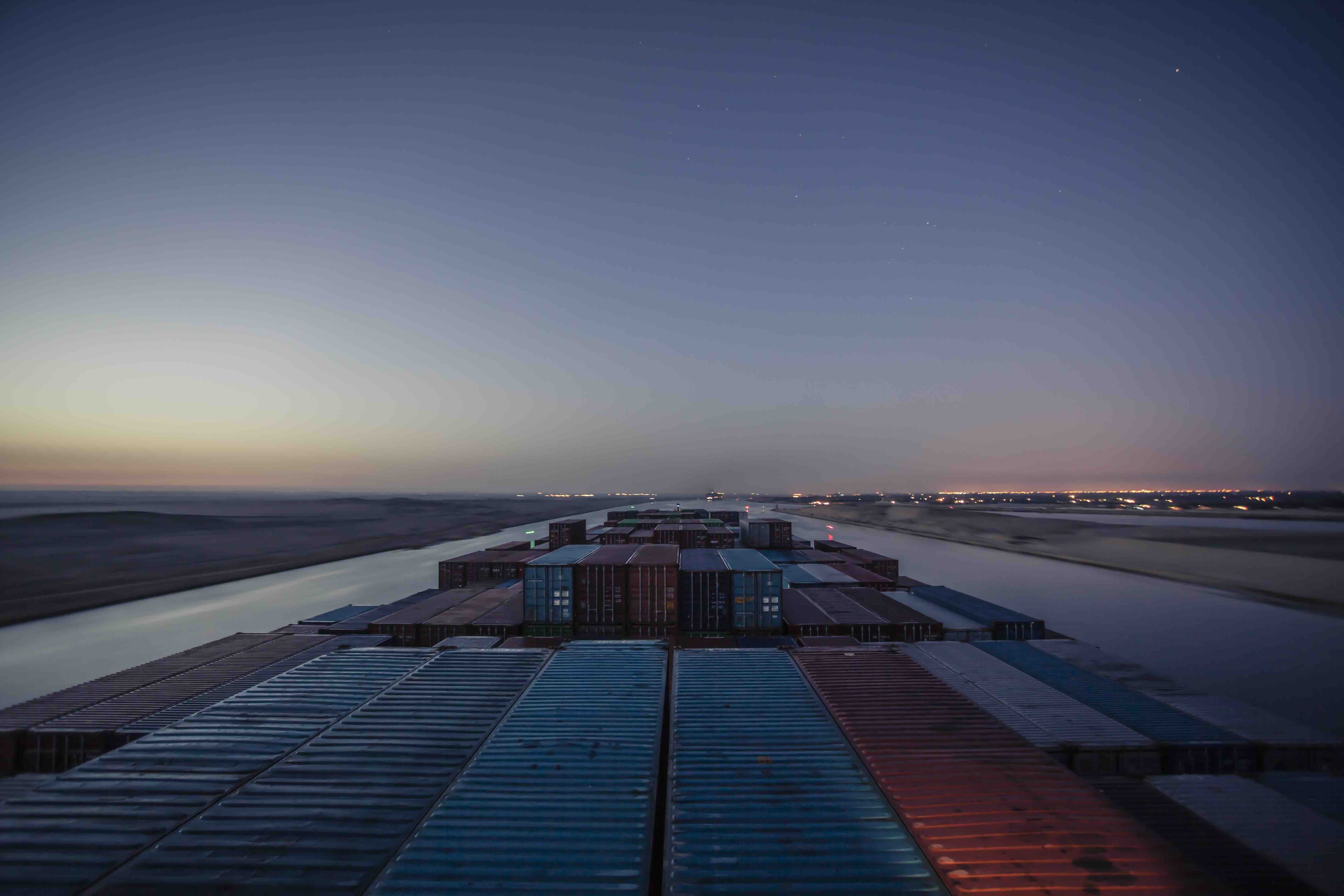
SPECIAL FEATURE 5/5. British ports handled 422.8 million tonnes of goods in 2024. As such the British port industry is among the most important in Europe, but it has lost ground since Brexit.
The United Kingdom has 51 major ports, stretching from Dover in the southeast of the country to Belfast in Northern Ireland. This port ecosystem handled 422.8 million tonnes (Mt) in 2024, which represents an erosion of 0.7% compared to 2023. Compared to 2019, the last full year before Brexit, the decline is 10.4%, as overall traffic reached 471.7 Mt that year. If we go back a little further in time, we see that British port traffic even reached 500 Mt in 2012.
Overall traffic
The decline in recent years is attributed to the combination of Brexit and a broken economy. In 2020, the first year of Brexit, traffic fell sharply, losing 9% to reach 428.9 Mt. The exit from the European Union is undoubtedly not the only cause: that year was also marked by the Covid-19 epidemic. However, overall traffic never returned to its pre-Brexit or pre-Covid levels.
Three ports alone generate 30% of total traffic, with 130.7 Mt: London, Grimsby & Immingham and Southampton. The Port of London has maintained its pole position since the beginning of the decade. It grew by 0.5% in 2024 to reach 51.8 Mt, but still remains far from its 2019 level (-4%). Number 2 on the podium, the Grimsby & Immingham port complex is suffering more than the British leader, with a decline of 0.7% compared to 2023 and 10.9% compared to 2019, which brings it to 45.6 Mt. The two leading British ports therefore have traffic of the same order of magnitude as the French number 3, the large seaport of Dunkirk. The top three British ports also include the port of Southampton, in the south of the country, which has the particularity of having avoided the Brexit effect with traffic remaining relatively stable compared to 2019.
Container traffic
British container traffic is following the general trend. In 2023[1], the UK handled 9.08 M TEUs, a decrease of 6% compared to 2022 and 12.9% compared to 2019. Since 2020, the Brexit effect combined with the Covid effect has had a significant impact with a decrease of 6.8% in one year. The 2021 rebound proved insufficient. Since then, British ports have been losing around 6% of their volume every year.
Three ports handle traffic exceeding one million TEUs: Felixstowe, Southampton and London. The first of these largely dominates with 3 million TEUs, while the other two are neck and neck at around 1.7 TEUs. This leading trio cumulates 75% of the country's container traffic, with the remaining 25% spread across 11 other ports. For the record in 2019, there were 12 other ports handling container traffic. In five years, Warren Point, located in Northern Ireland, has seen its container traffic disappear completely.
- The main partner countries
The three largest British container ports have different profiles in terms of the geographical distribution of traffic. Asia dominates for Felixstowe and Southampton, representing 76% of traffic for the first, or 2.4 M TEUs in 2023, and 65% for the second, or 1.1 M TEUs. For London, this share is limited to 29%, or 471,608 TEUs. Felixstowe, on the other hand, shows fairly marginal traffic with the American continent, since it only amounts to 13,135 TEUs (0.4%). It is in the port of Southampton that the American continent weighs the most with 16.9% of volumes, or 297,031 TEUs, just ahead of London (16.2% at 263,894 TEUs).
The European Union also plays a significant role in British port traffic. In London, volumes handled with the EU top the list, representing more than a third with 602,297 TEUs. For the port of Felixstowe, this is the second largest traffic flow with 412,215 TEUs. However, both ports recorded significant declines in 2023 compared to the previous year: -8.4% for London and -23.2% for Felixstowe. Finally, in Southampton, the EU comes in behind Asia and the American continent in traffic flows with 239,488 TEUs (+2% compared to 2023). The "All Other Europe and Mediterranean" category, which includes countries on the northern coast of Africa and from the eastern Mediterranean, accounts for about 10% of traffic for each port.
Finally, the United Kingdom does not appear to have maintained significant trading links with its former colonies incorporated into the Commonwealth. Australasia and Africa did not exceed 2% of the containerised volumes of the top three ports. The UK mostly trades bulk goods with these countries.
- The main port handlers
British container terminals are leased to private companies, British or international. The terminals of the main container port, Felixstowe, are in the hands of the Chinese group CK Hutchison Ports. With 3.2 M TEUs handled in 2023, the Chinese group is in first place on the British market. It is ahead of a UK company, A.B. Ports (Associated British Ports), which manages 21 ports in Great Britain. This group announces a volume of 3.1 TEUs processed each year. Traffic is concentrated mainly in the ports of Southampton, Grimsby & Immingham, and Hull.
The other companies holding terminal concessions in Great Britain do not publish volume figures. However, cross-referencing port data and financial figures, it appears that the third largest container terminal management group is Peel Ports. This company, based in Scotland, has a portfolio of several ports on the UK side of the Channel. It is notably present in the port of London, via the London Medway terminal, and also in the port of Liverpool. The London terminal was taken over from Medway Dock and Harbours Company in 2021. It is one of the three terminals of the capital's port. As for Liverpool, Peel Ports participated in the construction of the second terminal of the hometown of the Beatles. The operations of the day-to-day management of this terminal, which handled 672,852 TEUs in 2023, are carried out by MSC's cargo handling subsidiary, Terminal Investment Limited (TIL). If we add to this the establishment at Clyde Port, the group handles a total volume of around 750,000 TEUs. Peel Ports has sold part of its capital (31%) to Global Infrastructure Partners, owned by the investment fund Blackrock. In this way, if the sale of Hutchison Ports is completed in favour of Blackrock and TIL, the group could see the management of the Felixstowe terminal fall into its lap.
The Emirati group DP World is also present in British container terminals. It owns the Southampton terminal in partnership with AB Ports. It is also holds the concession for London Gateway, the capital's main container terminal. The Forth Ports Group holds shares in the London Container Terminal concession at Tilbury and also in Grangemouth, Scotland. Finally, among the main terminal concessionaires are also PD Ports and Irish Continental Group (IC Group). The first is the operator of the Tees & Hartlepool container terminal. Located in the North East of England, this group is mainly active on offshore projects. It handled 312,865 TEUs in 2023. As for IC Group, it is present in Northern Ireland’s only container terminal, in Belfast. The group is mainly known in the transport world for its ferry company, Irish Ferries. However, it also has a freight business through its shipping company Eucon and the two terminals: the Belfast Container Terminal and the Dublin Ferry Terminal. According to the group's annual report, which consolidates the activity of these two terminals, 339,400 TEUs were handled in 2024, 8.6% more than in 2023.
- A “gateway to Europe” strategy difficult to implement
One of the advantages touted by Brexit supporters was undoubtedly the possibility of freeing the country from certain restrictive rules that applied to all members of the European Union. The advantage of being at the gates of Europe without being a member has led the government to propose the creation of "Freeports". Presented in March 2021, this policy aims to create logistics and industrial platforms benefiting from customs exemptions, connecting to the main entry and exit gateways of the United Kingdom, namely ports and airports. A dozen sites were selected. According to the government, the projects are moving forward. However, these zones are struggling to see logistics and industrialist groups set up locally, with a few exceptions.
British ports could also hope to benefit from the integration of maritime transport into the European Union's emissions trading system, which started on January 1st 2024. The transhipment of a container in a British port reduces the bill compared to a direct link to a port in the European Union, since only the last section is then taken into account in the calculation of emissions. However, no massive diversion of traffic has been observed.
The status of British ports
In the UK, ports are divided into three categories: Private Ports, Trust Ports and Municipal Ports. The first came into being in 1983, when the then Prime Minister, Margaret Thatcher, launched the largest port privatisation operation in Europe. The British Transport Docks Board (BTDB), which managed Britain's ports, was renamed Associated British Ports (ABP) in 1982 and privatised the following year. Since then, new terminals have been the subject of tenders won by British or foreign private companies.
The second category, Trust Ports, brings together around a hundred establishments, which are managed by a committee appointed by members of Parliament. These are generally ports handling small volumes, but there are exceptions, such as the Port of Dover, the Port of London, that of Milford Haven and the Port of Belfast. Unlike in private ports, dividends from operations are not redistributed but are integrated back into the port's finances. This status of Trust Ports has been regularly called into question by successive British governments. Some want to privatise these ports as the others were in 1983, while others advocate an adaptation of the status.
Finally, the third category of ports concerns establishments under the management of local authorities such as municipalities or regions. They are generally ports that are more geared towards pleasure boating or fishing. However, among the ports managed by the councils are the oil terminals of Orkney and the Shetlands.
[1] Details of the results for 2024 will not be available until July 2025.
Our latest articles
-
5 min 12/12/2025Lire l'article
-
2025 review of road transport in Europe
Lire l'article -
Return of shipping via Suez: the surprising silence of shippers
Lire l'article


